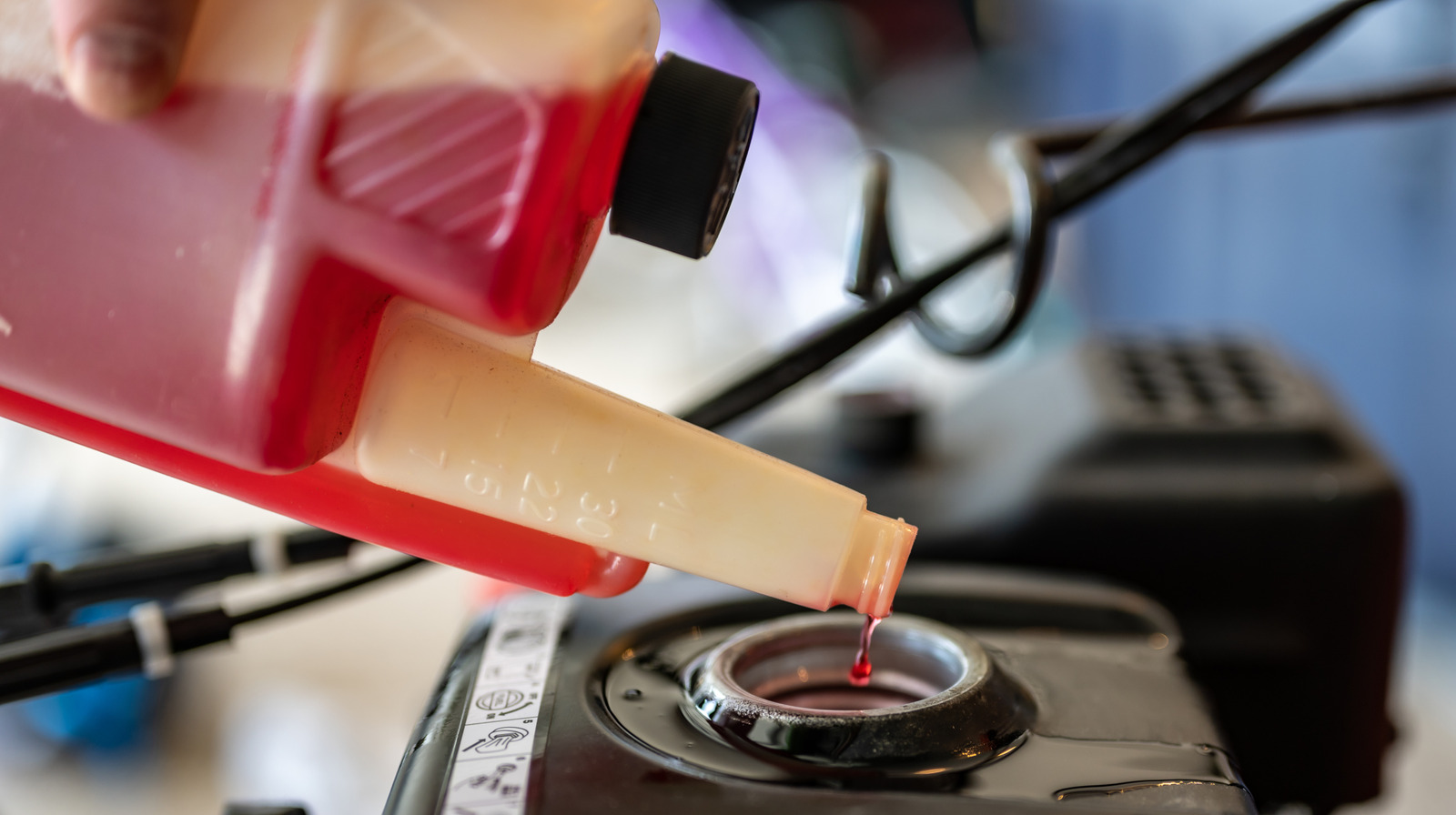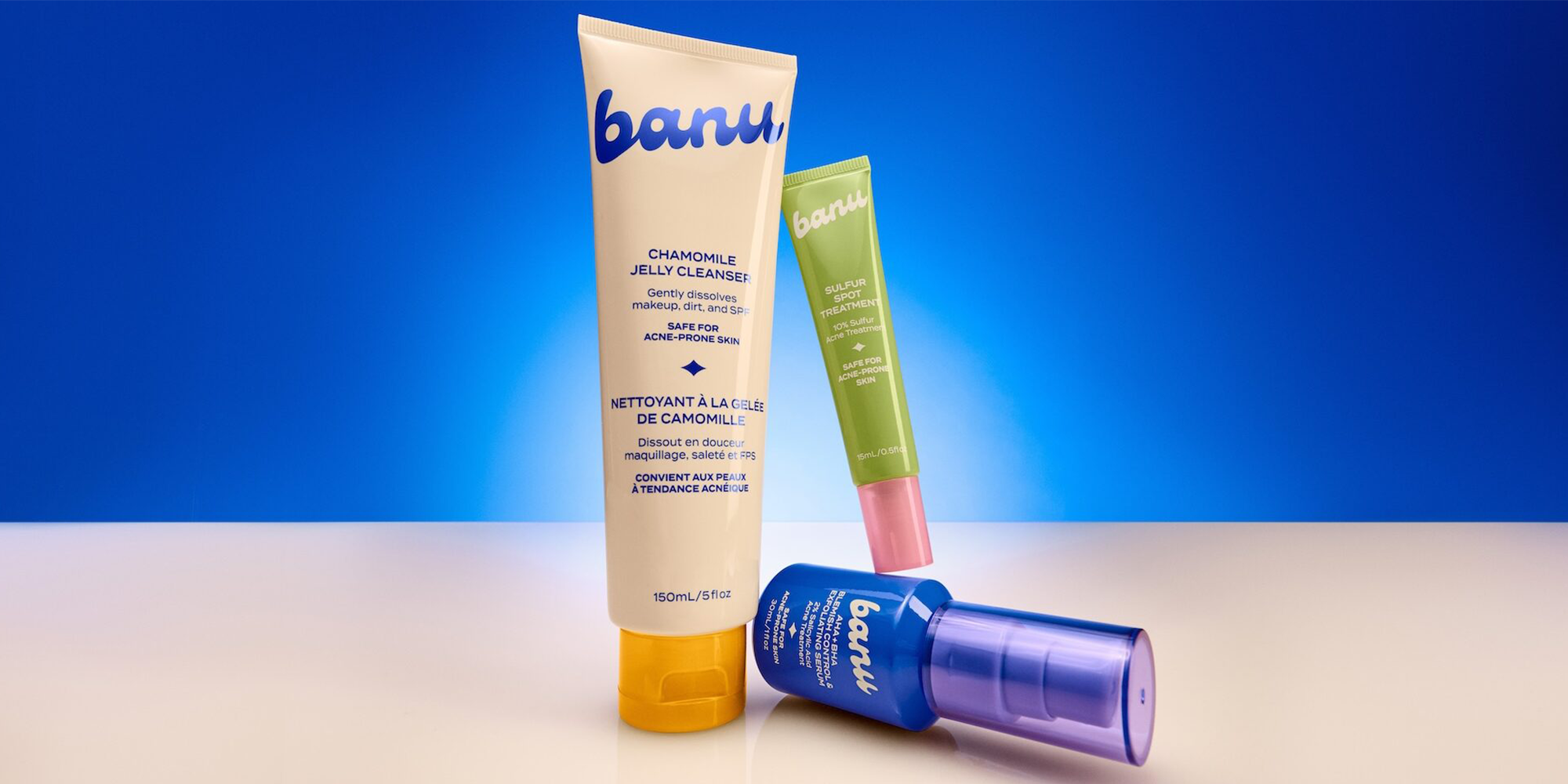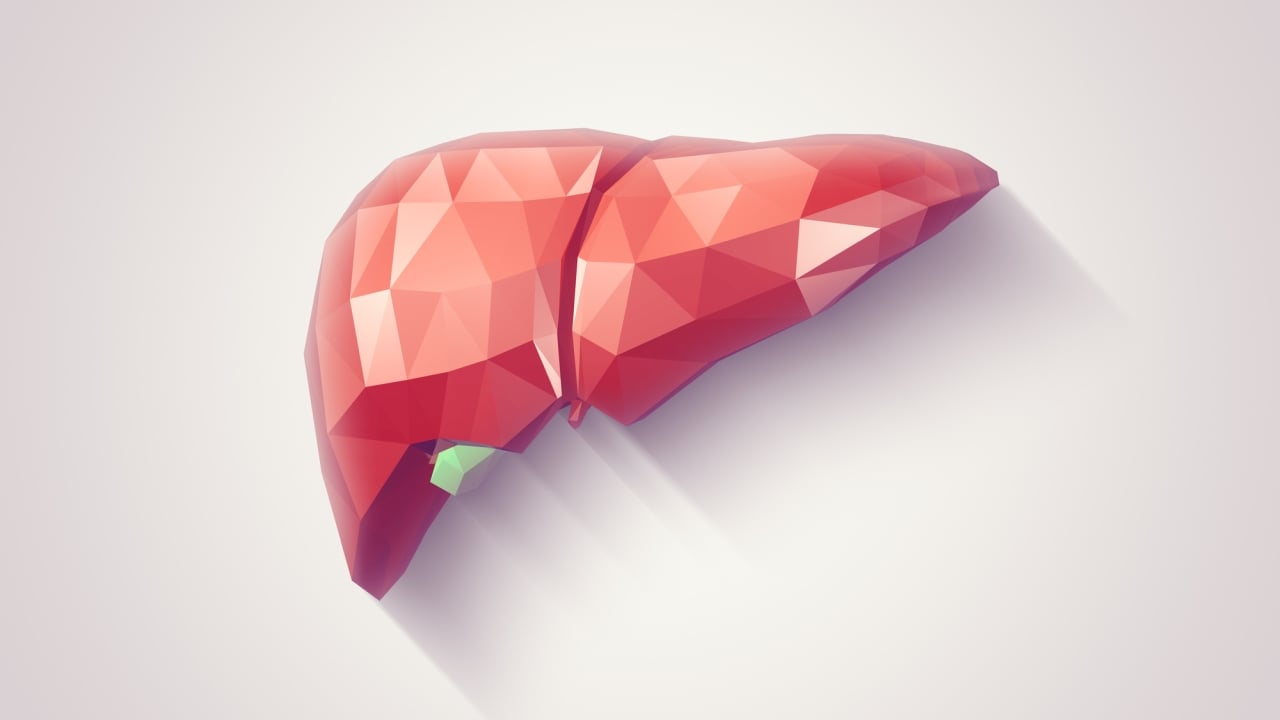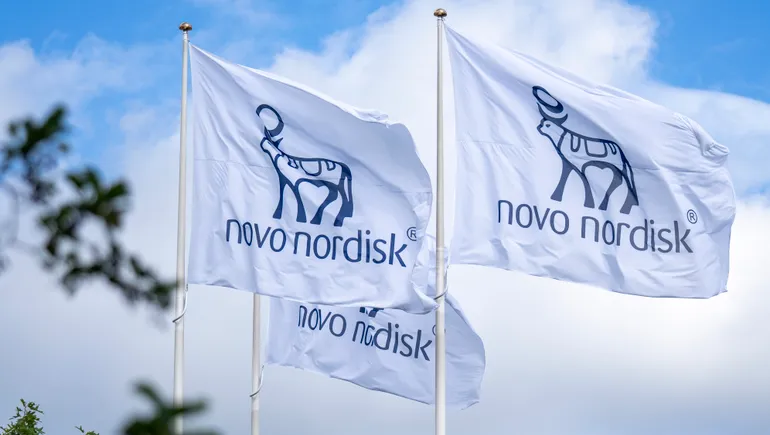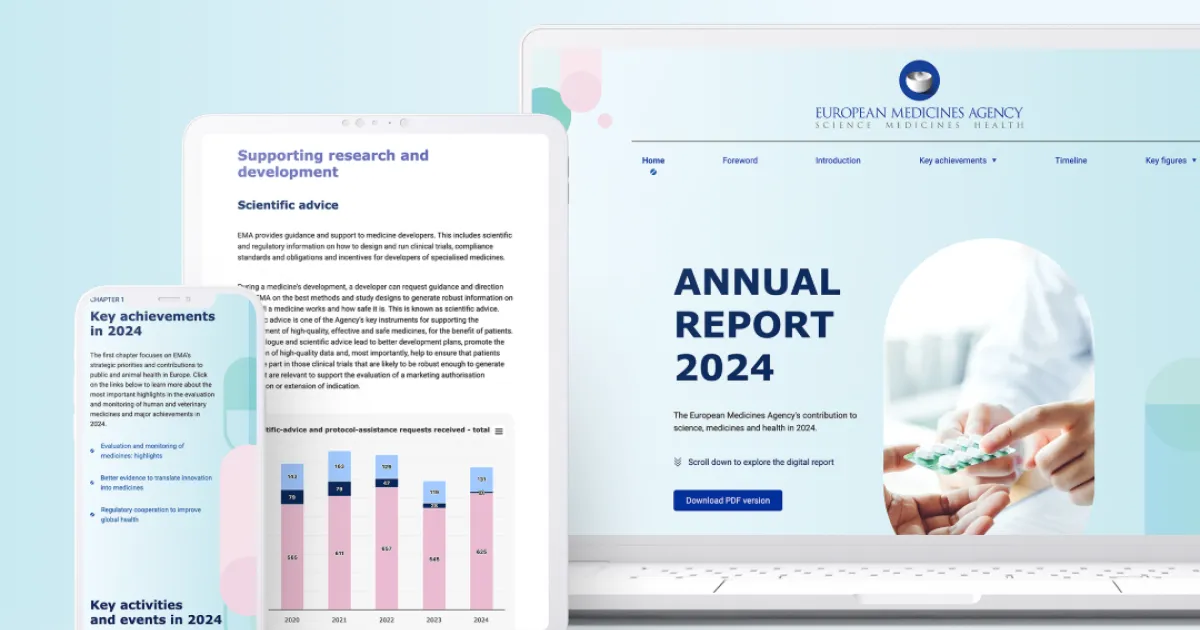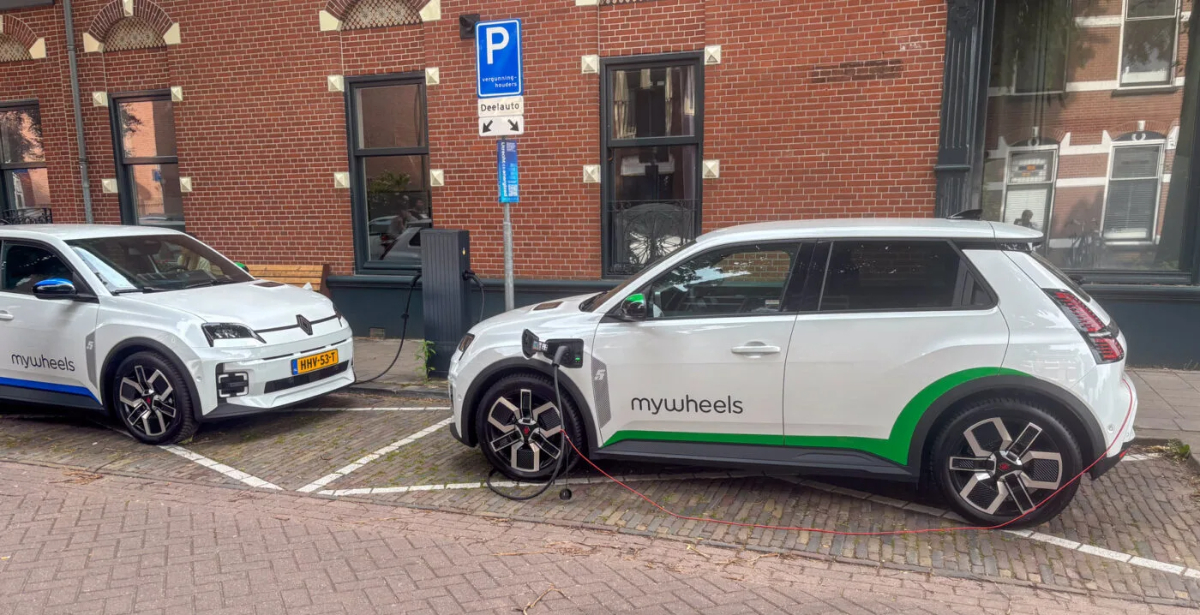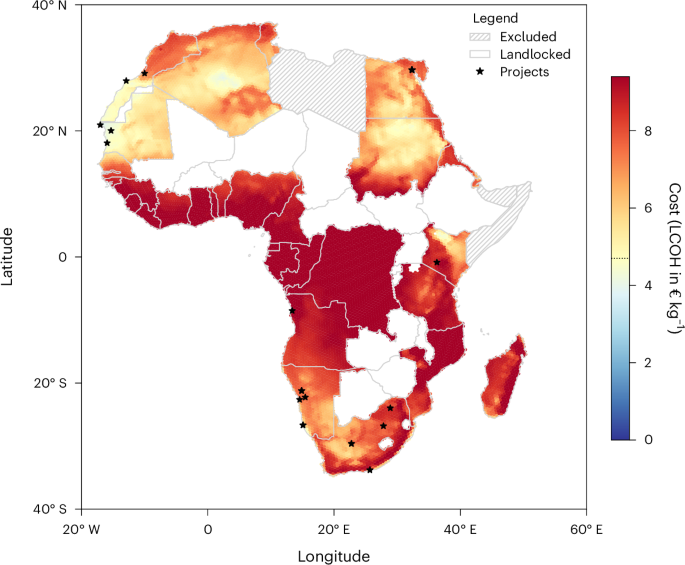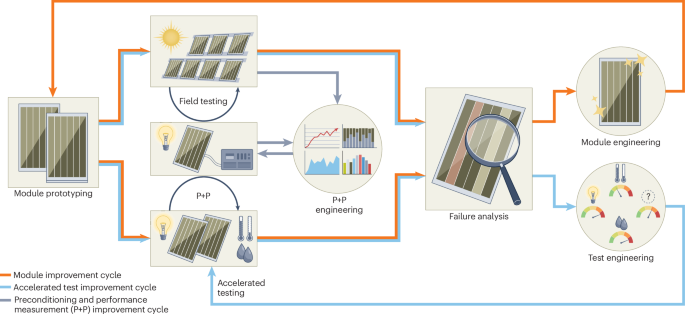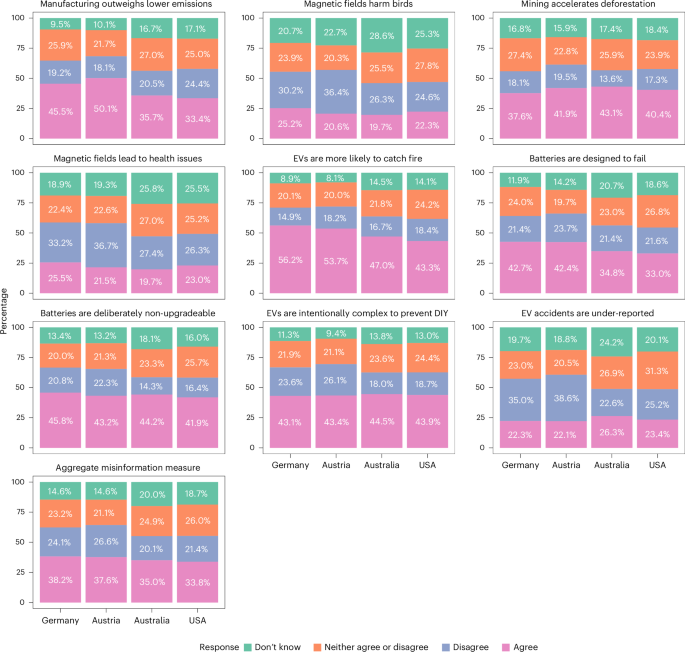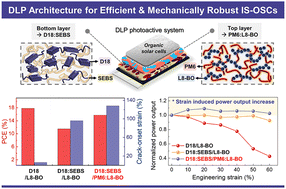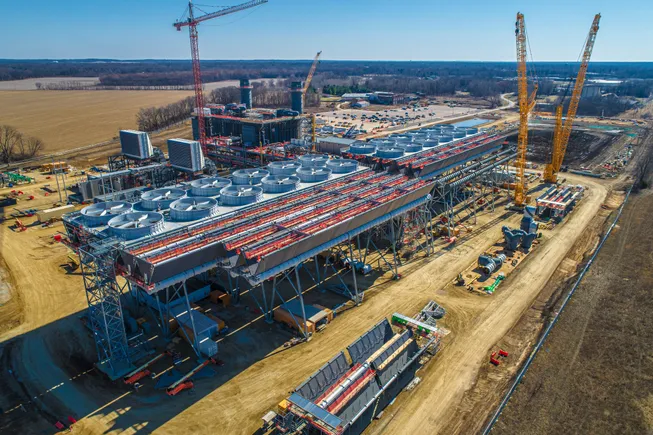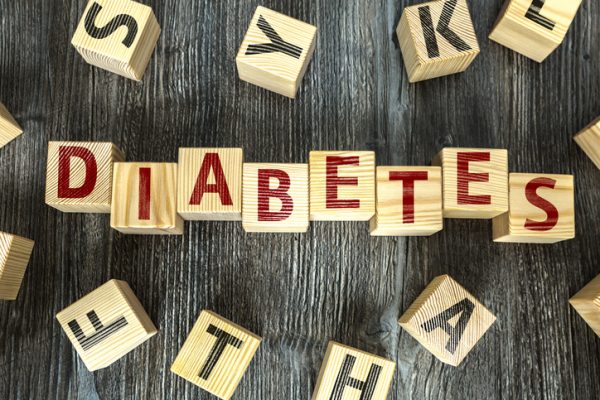pH and Glucose Dual‐Responsive Hydrogels Promoted Diabetic Wound Healing by Remodeling the Wound Microenvironment
Advanced Healthcare Materials, Volume 14, Issue 15, 10 June, 2025.

A pH/glucose-responsive multifunctional hydrogel is developed for treating diabetic wounds. Hydrogels can reshape the microenvironment of diabetic wounds by adjusting pH and glucose, alleviating oxidative stress and hypoxia, regulating the inflammatory response, inhibiting bacterial infection, and promoting angiogenesis; it also shows a significant enhancement in the healing process of wounds in STZ-induced diabetic mice.
Abstract
The microenvironment of diabetic wounds is complicated and characterized by hyperglycemia, hyperinflammation, persistent infection, hypoxia, and ischemia, making wound restoration and healing extremely challenging. Therefore, functional hydrogel dressings with the ability to regulate the microenvironment of diabetic wounds are a promising strategy for the treatment of diabetic wounds. In this study, a pH/glucose dual-responsive hydrogel based on phenylboric acid-modified carboxymethyl chitosan (CMCSPBA), aldehyde-terminated polyethylene glycol (PEGCHO), and polyvinyl alcohol (PVA) has been developed for diabetic wound treatment via Schiff base and phenylboric ester interactions. Glucose oxidase (GOX), catalase (CAT), and deferoxamine mesylate (DFO) are incorporated into the hydrogel to endow it with multi-functionality. In the hyperglycemic environment of diabetic wounds, a benign feedback loop is formed through the synergistic action of each component of the hydrogel, which enables the reshaping of the microenvironment of diabetic wounds by adjusting the pH and glucose, alleviating oxidative stress and hypoxia, regulating the inflammatory response, inhibiting bacterial infection, and promoting angiogenesis, thus accelerating diabetic wound healing in streptozotocin (STZ)-induced diabetic mice.


























